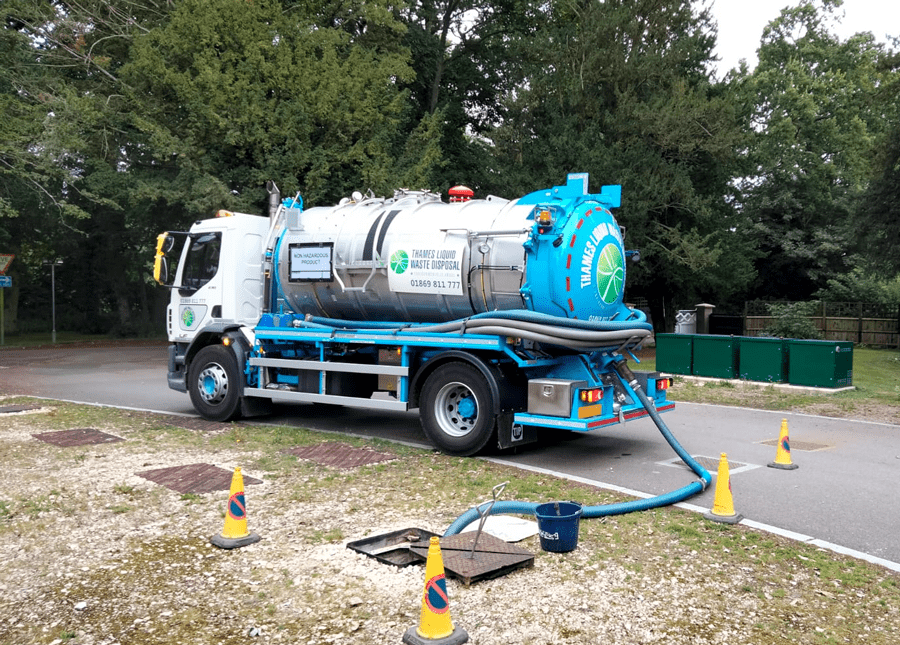More About Reclaim Waste
More About Reclaim Waste
Blog Article
Not known Factual Statements About Reclaim Waste
Table of ContentsThe Best Guide To Reclaim Waste8 Easy Facts About Reclaim Waste DescribedFascination About Reclaim WasteAn Unbiased View of Reclaim WasteThe Best Strategy To Use For Reclaim Waste
Residential sewage waste refers to the waste and items from a residential septic storage tank. The correct management and disposal of domestic sewage waste require fluid waste to be transferred to a sewer treatment plant where the appropriate approaches and equipment are used to cleanse and dispose of waste.
Business waste commonly consists of potential risks, such as combustible materials or a blend of fluid and strong waste products, and needs a much more innovative and comprehensive disposal process. The disposal of commercial waste normally involves the purification of waste prior to transport to guarantee safe and correct disposal. Industrial waste is produced from results and overflow of commercial procedures and production.
This kind of waste can not utilize the same sewage monitoring transportation or processes as septic or commercial liquids. The industrial waste management process requires the evaluation and testing of fluid waste prior to it undertakes the disposal process (liquid waste disposal). Overflow waste is the fluid waste that originates from drainage and excess stormwater in highly inhabited locations or cities
Drainage waste can cause contamination and flooding if not handled correctly. Ensuring proper waste management can avoid catastrophes and lower environmental damage.
Reclaim Waste Fundamentals Explained
Contact PROS Providers today to find out about our waste monitoring and disposal solutions and the appropriate ways to care for the fluid waste you create.
(https://writeablog.net/reclaimwaste1/reclaiming-resources-a-comprehensive-guide-to-industrial-wastewater-treatment)This supposed 'wastewater' is not just a vital resource but, after therapy, will certainly be released to our land, waterways or the ocean. Utilized water from bathrooms, showers, bathrooms, kitchen sinks, washings and industrial procedures is known as wastewater.

water used to cool equipment or clean plant and equipment). Stormwater, a kind of wastewater, is overflow that streams from agricultural and city locations such as roofing systems, parks, gardens, roads, paths and rain gutters into stormwater drains, after rain. Stormwater moves unattended directly to neighborhood creeks or rivers, ultimately reaching the sea.
Some Ideas on Reclaim Waste You Need To Know
In Queensland, a lot of wastewater is dealt with at sewer treatment plants. Wastewater is moved from residential or commercial sites via a system of drains and pump terminals, recognized as sewerage reticulation, to a sewage treatment plant.
The Division of Natural Resources encourages city governments about handling, operating and preserving sewage systems and therapy plants. In unsewered locations, city governments may need householders to set up private or home sewer treatment systems to treat domestic wastewater from commodes, kitchens, washrooms and washings. The Division of Natural Resources authorizes using family systems when they are shown to be effective.
Many stormwater gets no treatment. In some new neighborhoods, treatment of some stormwater to remove litter, sand and gravel has begun making use of gross pollutant catches. Wastewater therapy takes place in 4 stages: Removes strong matter. Larger solids, such as plastics and various other things mistakenly released to sewers, are removed when wastewater is gone through screens.
Wastewater then moves right into large tanks where solids settle and are eliminated as sludge. find out here Grease and residue are skimmed from the surface. Makes use of tiny living microorganisms knows as micro-organisms to damage down and get rid of remaining liquified wastes and great particles. Micro-organisms and wastes are included in the sludge. Removes nitrogen and phosphorus nutrients that can trigger algal flowers in our waterways and endanger aquatic life.
Fascination About Reclaim Waste
Nutrient removal is not offered at all sewer treatment plants due to the fact that it requires costly specialised equipment. Clear liquid effluent created after therapy may still contain disease-causing micro-organisms - liquid waste disposal.

A lot of wastewater flows into the sewerage system. Under the Act, local federal governments administer approvals and licences for ecologically appropriate activities (ERAs) including wastewater releases that may have a regional impact.
Little Known Facts About Reclaim Waste.
Surveillance gives factual information about water quality and can validate that permit conditions are being satisfied. The details obtained through monitoring provides the basis for making water top quality decisions.
Report this page